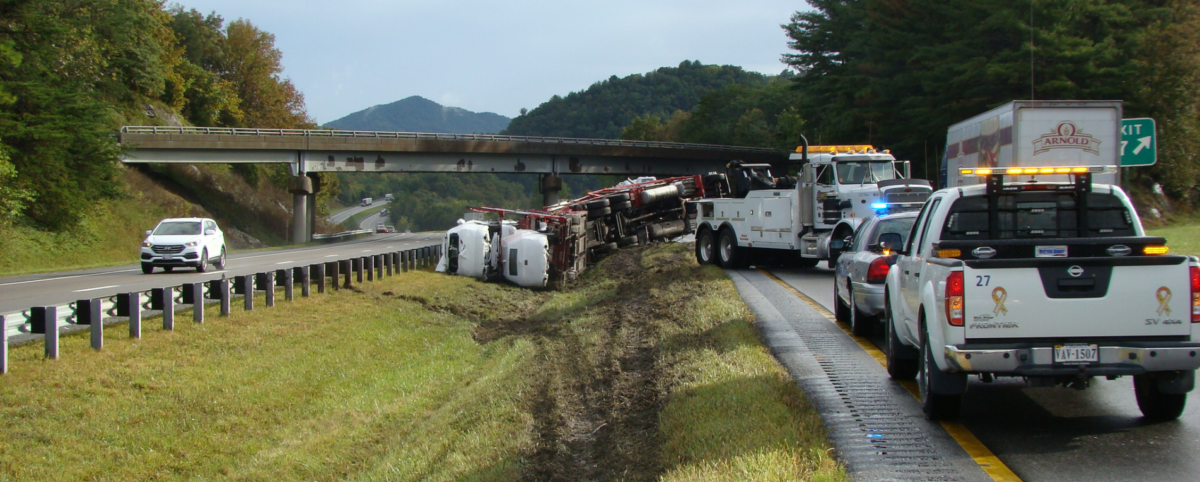Fatalities from wrong-way driving are on the rise. According to the U.S. Department of Transportation, traffic fatalities caused by wrong-way driving accidents increased from 451 in 2016 to 507 in 2020. With the troubling upward trend, more DOTs have begun investigating ways to address wrong-way driving and prevent unnecessary traffic fatalities.
Wrong-Way Driving a Growing Concern
The prevalence of these incidents is a growing concern for DOTS, localities, and law enforcement. For example, Connecticut saw a dramatic uptick in fatal wrong-way crashes, moving from just two in 2020 to 13 in 2023. The CTDOT proactively investigated ways to stop dangerous wrong driving to combat this worrying trend.
The CTDOT determined impaired drivers caused the majority of accidents they faced. They implemented a preemptive plan to keep their motorists safe, including installing extra signage in close proximity to establishments that served alcohol, deploying high-tech electronic signage that warned other drivers of danger, and implementing a real-time alert system for emergency responders.
Wrong-Way Driving Prevention: Techniques, Strategies, and Technology
Prevention measures are key to staying ahead of the risks to keep motorists safe. As the CTDOT has shown, several techniques and emerging technologies can help prevent wrong-way driving and keep motorists safe.
- Wrong-way signs: Signage is the classic first step in alerting motorists that they are traveling in the wrong direction. These signs are strategically installed so they catch the eye only of vehicles traveling in the wrong direction, hopefully stopping tragedy before it occurs.
- Directional rumble strips: These special rumble strips are designed to activate only if a driver is traveling the wrong way. These directional rumble strips will alert wrong-way drivers through vibration and sound that something is amiss, giving them a chance to stop.
- Technology on exit ramps: New technology uses cameras to detect wrong-way drivers and immediately flash bright red LED lights to let them know they are driving the wrong way. Additional technology can notify state police in real-time, dramatically shortening response time.
- Variable electronic message signs: These signs protect drivers who are traveling in the correct direction but who are at risk for head-on collisions with wrong-way drivers in their area. When a wrong-way driver is in the area, these electronic signs can immediately warn drivers to beware.
- Prioritizing upgrades at high-risk exit ramps: High-risk exit ramps include ramps that are near locations that serve alcohol. Studies found a direct relationship between drinking and driving the wrong way on a divided highway, showing that individuals with BACs greater than or equal to 0.08 g/dL had an odds ratio of 18.36 for driving the wrong way. Prioritizing exit ramps that match these characteristics is of the utmost importance and can decrease the number of wrong-way accidents and fatalities.
- Reconfigure Rest Areas: Rest areas can be widened, reconfiguring the space to accommodate more drivers and preventing the need for tractor-trailers to move in the wrong direction on a highway.
Make Your Roads Safer with PILLAR
Wrong-way driving often results in head-on collisions with significant injuries or death. Traffic fatalities have devastating
PILLAR is a trusted partner of DOTs across the country and has a successful record of helping them stop bad days before they start. If you’re ready to address the risks of wrong-way driving in your community, contact PILLAR for a free consultation and see how we can help.

